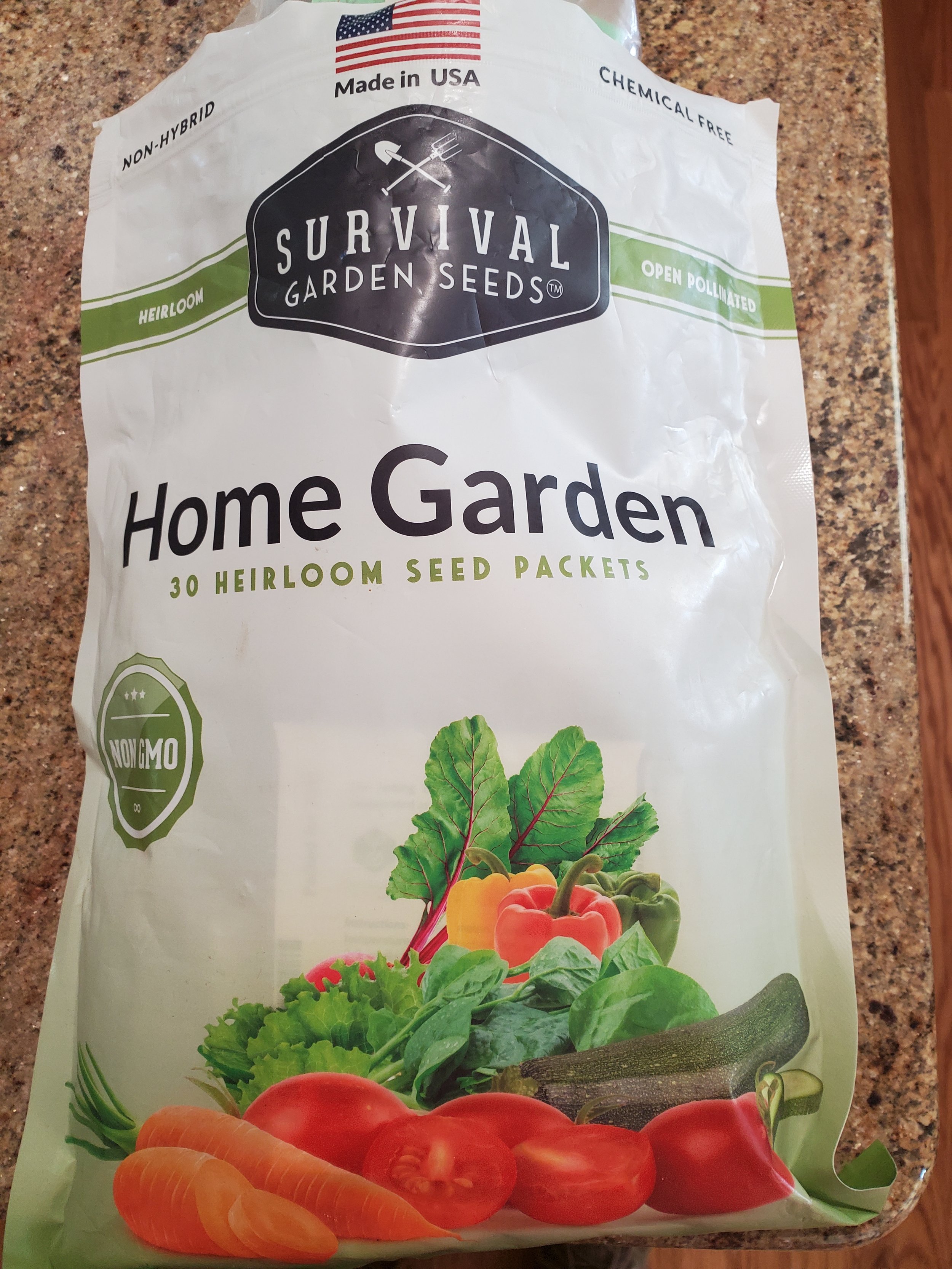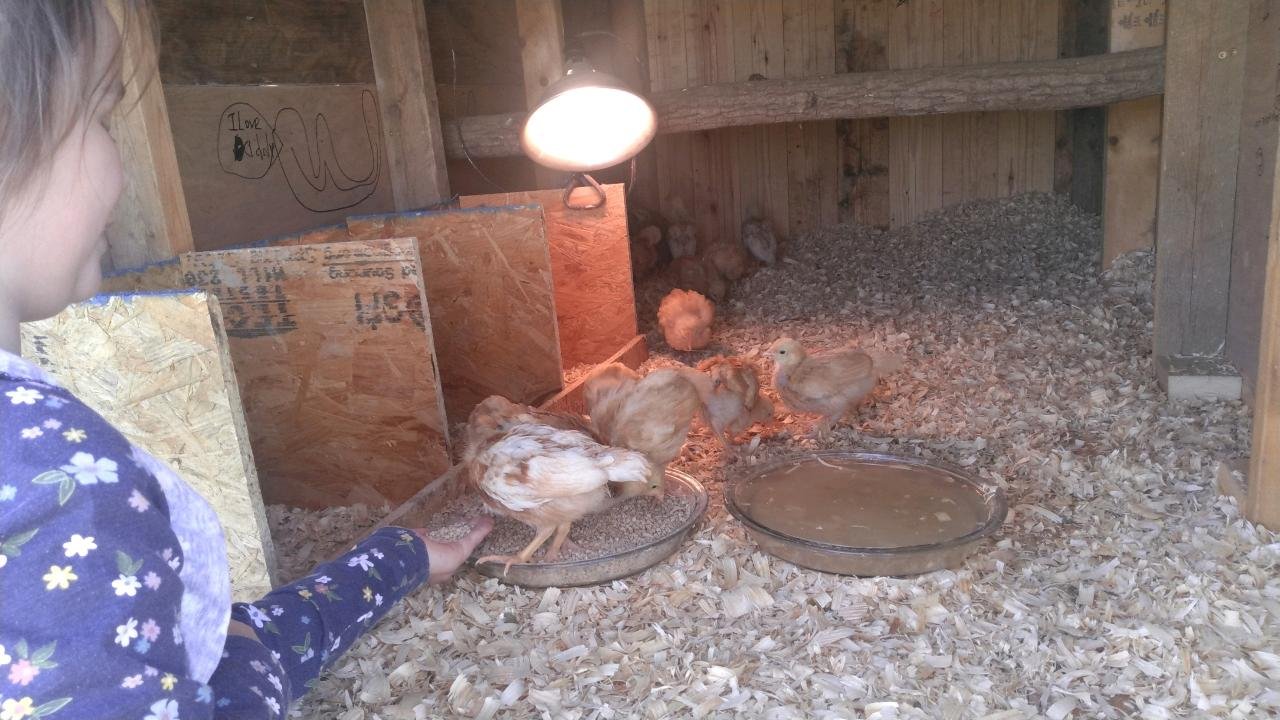Sweet Taters
/
The latest addition to my garden are sweet taters. This hardy and super-nutritious root crop has always been a standard on the mountain. I wanted to share my love for the root and took to the internet to find some history on it. I have read in the past that sweet potatoes were introduced to the southern United States by African slaves – we have these good folks to thank for many of our delicious foods, you know. The more I read, the more confused I became.
I read an article here that made a great point that slave trader wanted to protect their profits by delivering healthy men and women so they fed them foods they were accustomed to – including yams, okra and black-eyed peas. So that isn’t too hard to understand how the leftover portions of those foods were planted in the US and soon enjoyed by all Americans.
I always kind of used Sweet Potatoes and Yams interchangeable. It seems like yams are what you find in a can while sweet potatoes are sold fresh throughout the year (because they keeps so well). While the canned yams are not as sweet, topped with marshmallows we eat them just fine.
Well, it turns out that they are very different plants! The Yams take 10 – 11 months to mature and they are a perennial, meaning you plant them once and enjoy them indefinitely! It was yams that were native to Africa. Yet, I’ve never seen a yam plant that I know of, and certainly never knew of anyone cultivating one.
The sweet potatoes that I know were actually native to South America where Christopher Columbus first enjoyed them and took them home to Spain. By the 17th century, the exploring and conquering Spanish had spread sweet potatoes through Asia, Latin America and Africa. So, the food brought from Africa could very easily have been either yams or sweet potatoes.
Sweet potatoes are easy to grow, easy to keep over winter and very flexible to cook. I grew up enjoying them fried, and now I love them about anyway I can get them. I’ve been excited in recent years that sweet potato fries are more widely available in restaurants! Whether it be mashed in a casserole, topped with marshmallows or baked with butter and cinnamon, I can eat sweet potatoes almost everyday. Check back in the fall and I hope to show you an abundant harvest












